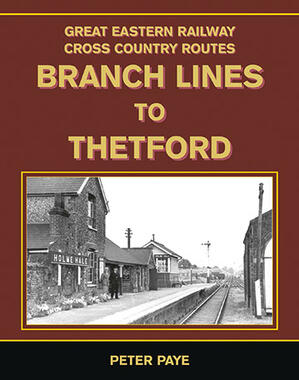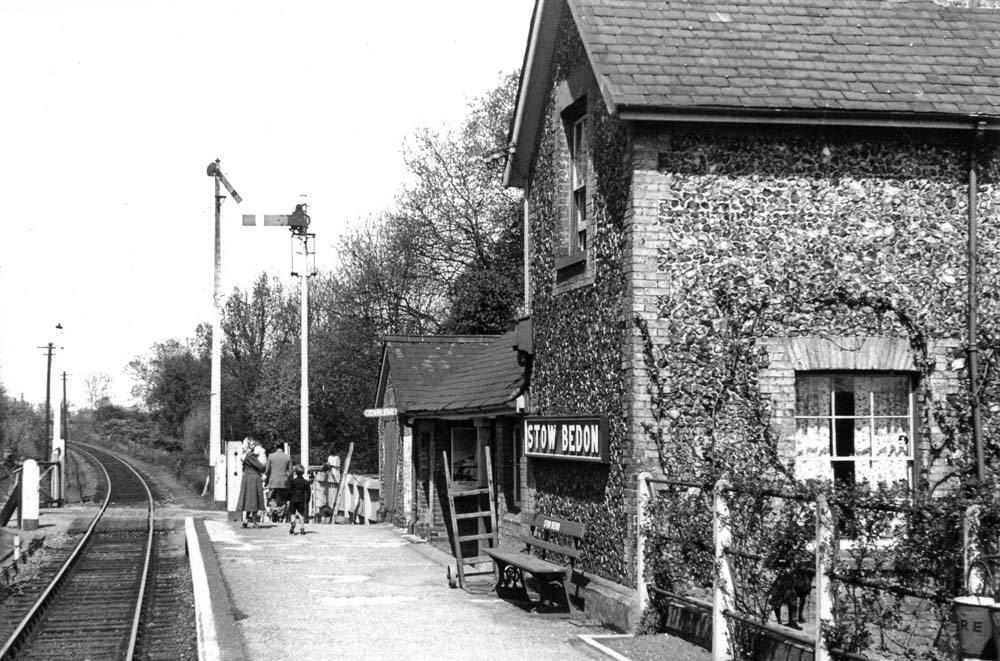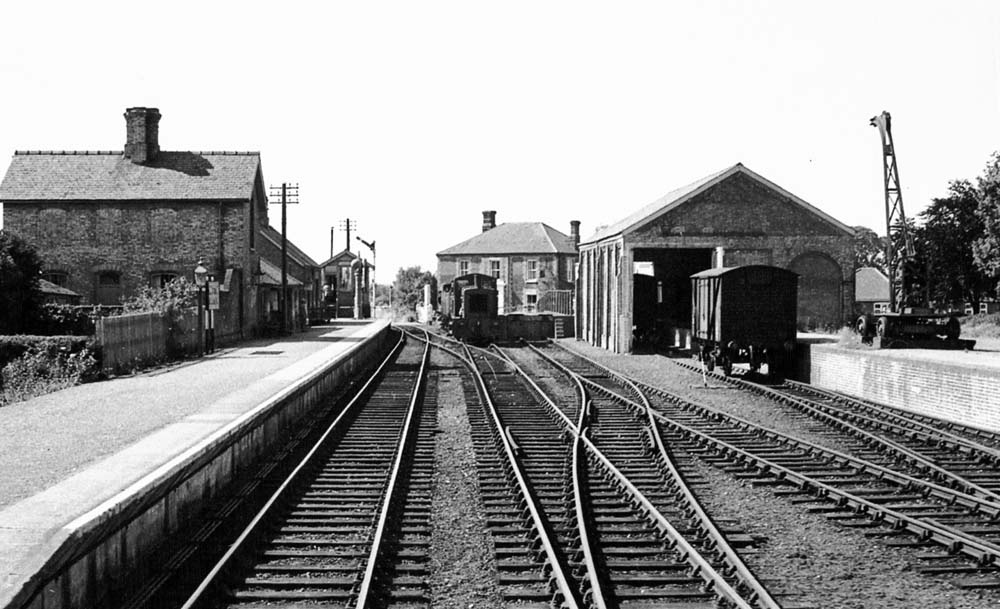Branch Lines to Thetford

Branch Lines to Thetford
Peter Paye
288 pages. 275x215mm. Printed on gloss art paper with colour laminated board covers.
ISBN13 : 9781911038771
£30.00
Peter Paye
288 pages. 275x215mm. Printed on gloss art paper with colour laminated board covers.
ISBN13 : 9781911038771
£30.00
Before the coming of the railway the East Anglian towns of Bury St Edmunds and Thetford enjoyed periods of prosperity for they were linked by waterways to the coastal port of Kings Lynn and thus had connections to much of the British Isles and the continent. Chronic neglect of the Norfolk harbour and the advent of various railway routes from the 1840s, which amalgamated to form the Great Eastern Railway in 1862, hardly helped the situation for the former trading partners could only be reached by roundabout and time consuming journeys. Local businessmen decided the only solution was to build a direct railway linking Bury with Thetford and on to Watton, where local burghers were equally keen to connect with the expanding railway empire, and from there to Swaffham and thus via the former Lynn & Dereham company line to reach their goal. The plan to run independently of the GER was fraught from the start, for three companies were formed to achieve their aim: the Bury St Edmunds & Thetford, incorporated in 1865 but not opened until 1876; the Thetford & Watton, the most successful of the triumvirate, incorporated in 1866 and actually opening to traffic as an independent concern in 1869; and the Watton & Swaffham, which obtained its Act in 1869 and opened in 1875. By running powers over the GER the T&WR operated through services from 1876, but all three were ailing concerns with the BSE&TR selling out to the GER in 1878. The T&WR and W&SR threw themselves at the mercy of the main line company, entering into a working agreement until being absorbed in 1898. Thus the GER without much effort nullified the threatened competition. The Bury to Thetford and Thetford to Swaffham lines thereafter operated as separate branches until closure in the 1950s and 1960s, but far from a mundane existence they served parts of Norfolk and Suffolk with quiet efficiency and played a huge part in the defence of the realm during two world wars. Their essential involvement in the first conflict, with the exercising of men and horses, and ultimately the development of mechanised warfare in the form of the tank, is largely unknown and forgotten, whilst the servicing of several military airfields, as well as one of the largest bomb dumps in the country and an important but necessary chemical warfare establishment, between 1939 and 1945 is legendary.


Branch Lines to Thetford - Sample Images

Stow Bedon station house and level crossing photographed from a departing Up train on 9th May 1953, looking towards Swaffham with the Up home signal lowered and the Down starting signal protecting the level crossing gates. H.C. Casserley

On the left is the 330 feet long Down platform and then the Up loop line. The dock siding 130 feet long is occupied by a Class ‘03’ diesel mechanical shunting locomotive acting as goods pilot. To the right is the 190 feet shed road serving the goods shed which had capacity for the storage of 200 quarters of grain. On the far right is the loading dock occupied by a mobile road crane. B.D.J. Walsh
